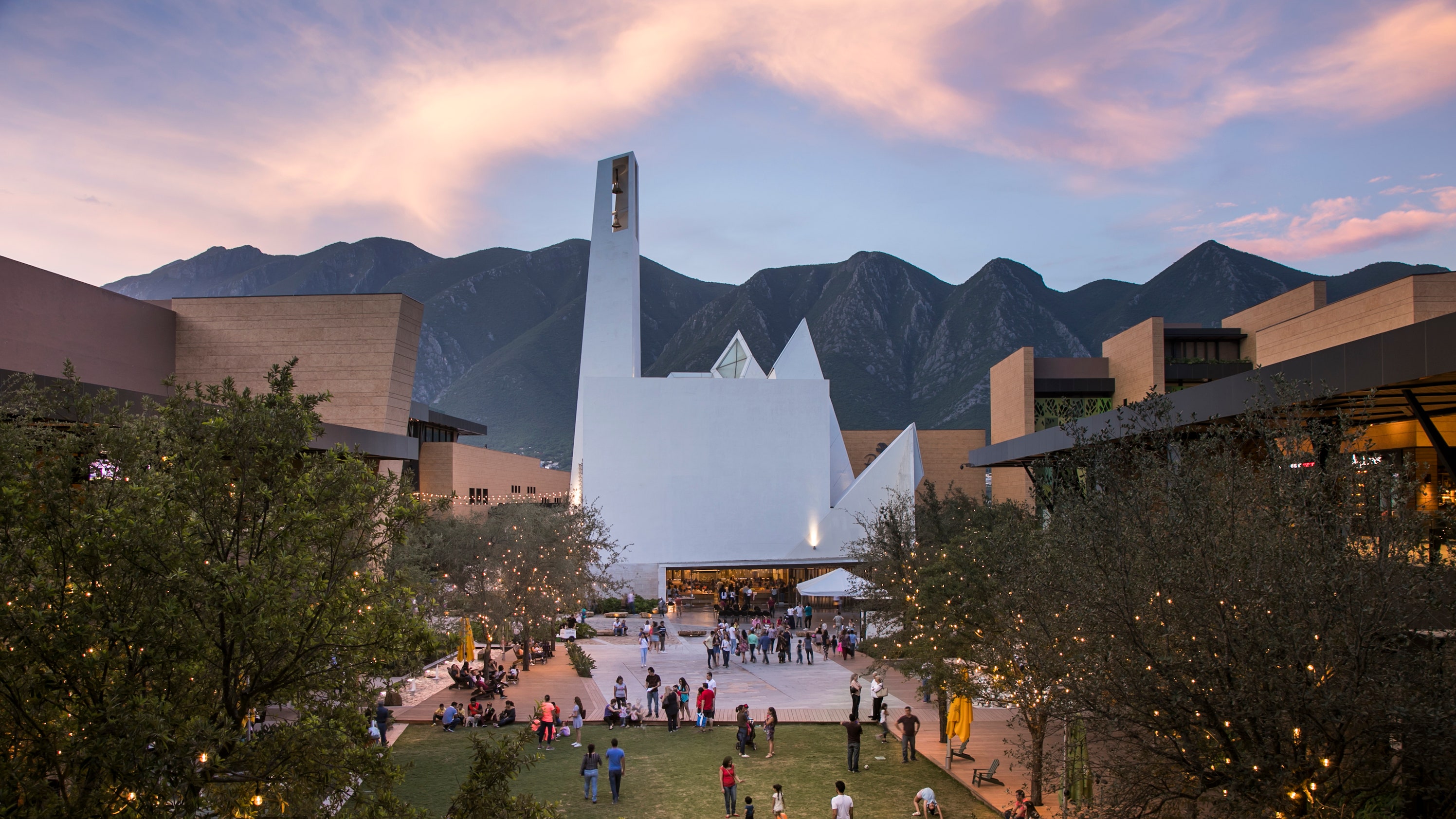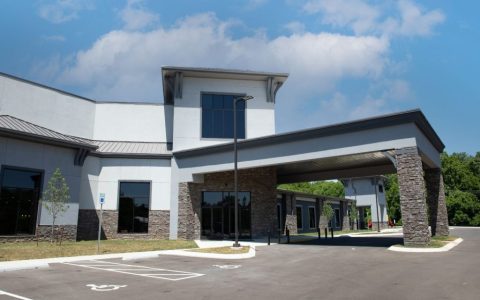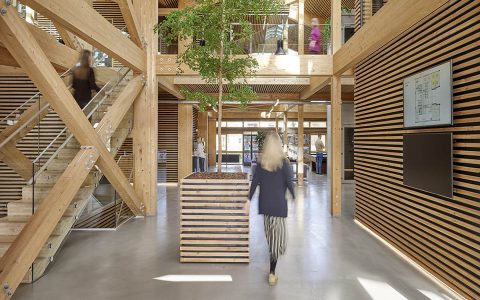Modern church design signifies a departure from traditional ecclesiastical architecture, emphasizing contemporary aesthetics and novel approaches to spiritual expression. These spaces aim to be both inspiring and functionally relevant to modern congregations.
Key Characteristics of Modern Church Design
Simplicity and minimalism are primary characteristics. Modern churches often showcase clean lines, uncluttered volumes, and a deliberate reduction of ornamentation. The focus shifts from intricate decoration towards fostering a direct spiritual experience within an atmosphere of reflective simplicity.
- Emphasis on geometric clarity and spatial purity.
- Avoidance of superfluous decorative elements.
The strategic use of light is paramount in modern church design. Architects employ natural and artificial light through large fenestrations, skylights, clerestories, and innovative lighting systems to sculpt space, evoke specific moods, and symbolize divine presence. Maximizing natural light is common, creating a connection with the exterior and animating interior surfaces.

- Daylighting strategies to enhance spiritual ambiance.
- Careful integration of artificial lighting for liturgical and functional versatility.
Honest materiality defines many modern ecclesiastical structures. There is a preference for expressing materials such as concrete, wood, glass, and steel in their authentic, often unfinished state. This approach highlights the inherent textural beauty and structural integrity of the chosen materials.
- Showcasing the structural and aesthetic properties of materials.
- Minimal surface treatments to maintain material authenticity.
Modern church architecture frequently explores innovative forms and structures. Designs often move beyond traditional cruciform layouts to embrace abstract, geometric, or flowing organic shapes, reflecting contemporary theological interpretations or the unique identity of the faith community. Structural expression and innovation are often key components.
- Symbolic forms that communicate spiritual or communal concepts.
- Exploration of novel structural systems and possibilities.
Functionality and flexibility are crucial design considerations. Contemporary church buildings are engineered to serve diverse community needs extending beyond worship services. Spaces are frequently multi-functional and adaptable, accommodating gatherings, educational programs, community outreach, and social events, reflecting the church's evolving societal role.
- Adaptable layouts to support a variety of activities.
- Integration of modern amenities and relevant technologies.
A strong integration with context is typically evident. Modern church designs respond thoughtfully to their physical and cultural settings. This may involve harmonizing with the surrounding landscape, engaging with the urban fabric, or employing sustainable design principles to minimize environmental impact and express responsible stewardship.
- Consideration of site topography, natural features, and local vernacular.
- Application of sustainable building practices and material choices.






